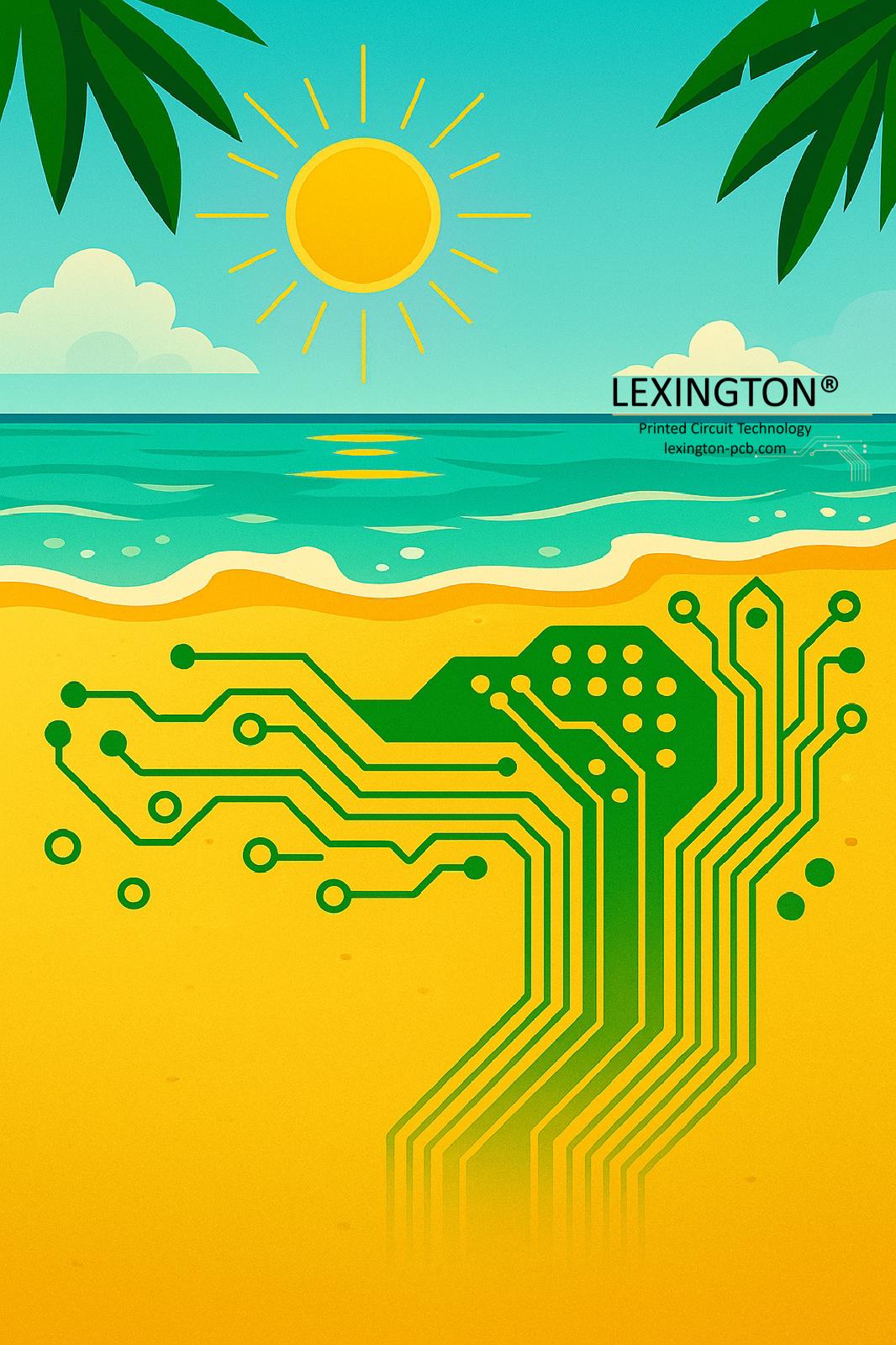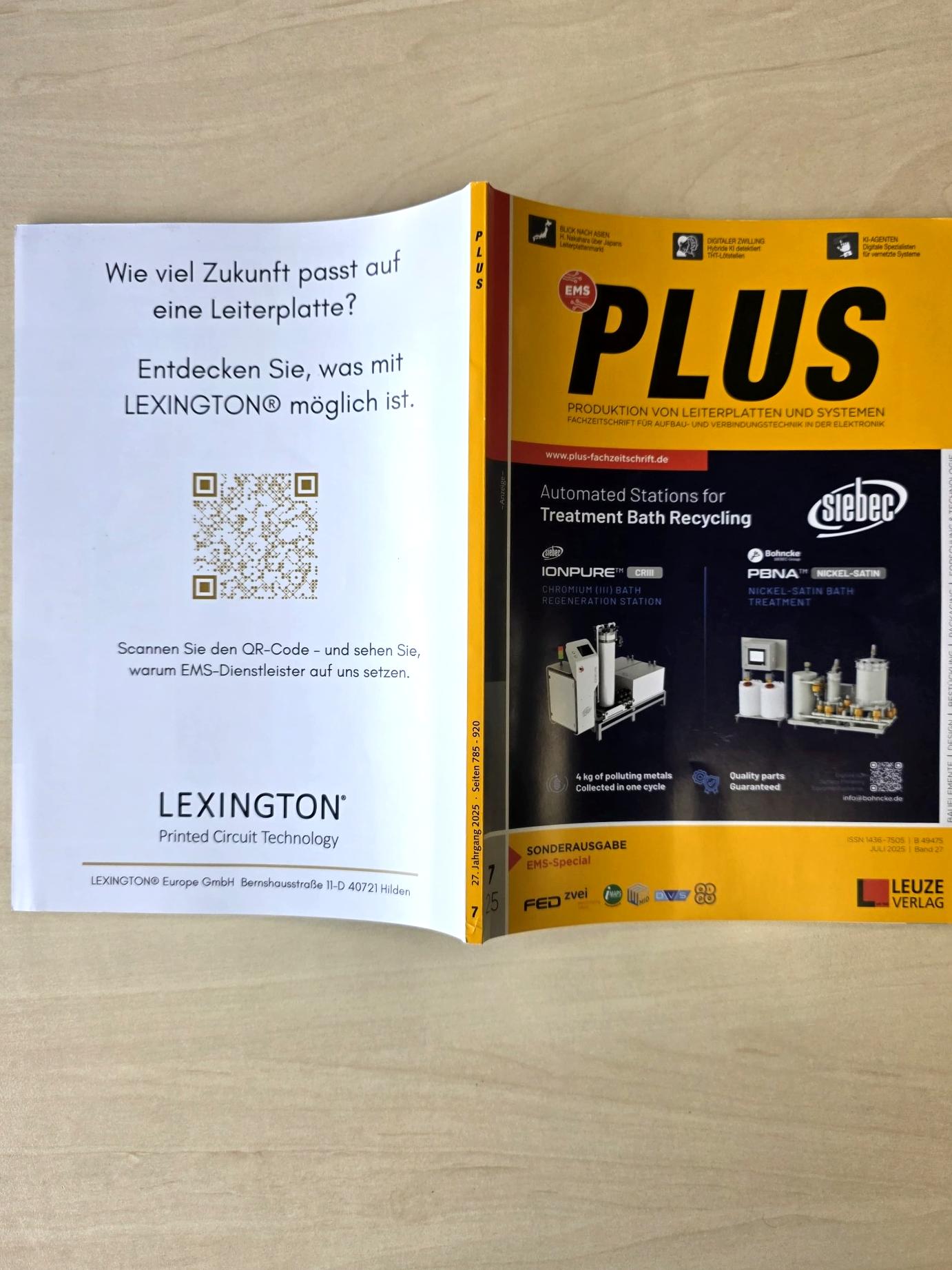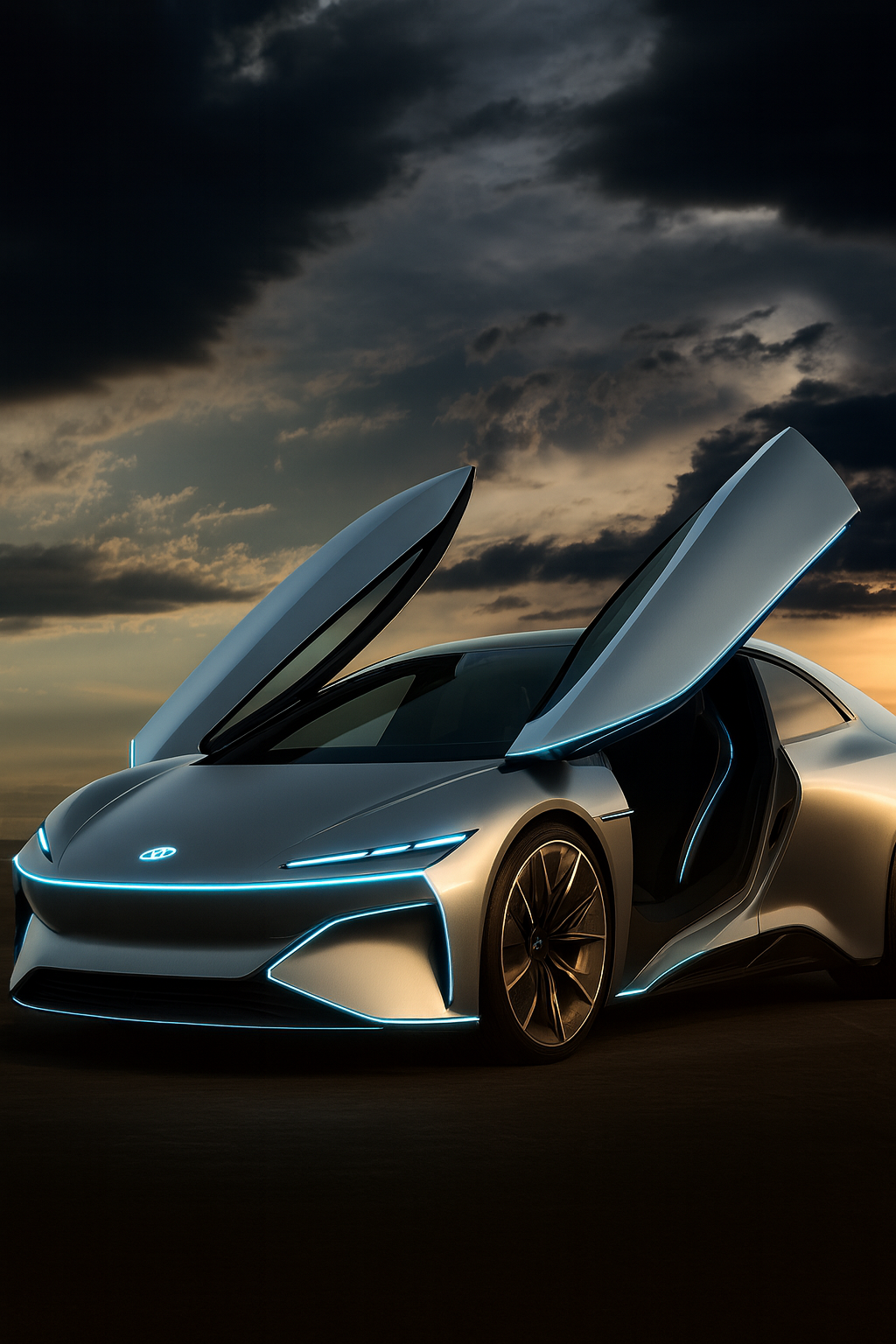Welcome to LEXINGTON®
Welcome to LEXINGTON®
News
As electronics continue to evolve in 2025, one thing has become increasingly clear: traditional PCB materials like FR-4 can no longer keep up with the demands of high-power, high-temperature, and high-frequency applications.
From electric vehicles and 5G base stations to aerospace and LED lighting, engineers are turning to ceramic printed circuit boards (PCBs) to solve problems that organic laminates simply can’t handle.
At Lexington, we’ve seen this shift firsthand. As industries demand higher reliability and smaller footprints, ceramic PCBs are no longer a niche option—they’re becoming a strategic choice for the next generation of electronic systems.
A ceramic PCB replaces the traditional fiberglass epoxy base with advanced materials such as aluminum oxide (Al₂O₃), aluminum nitride (AlN), or silicon carbide (SiC). These ceramics provide exceptional thermal conductivity, mechanical strength, and electrical insulation. In practice, they help electronic systems handle extreme heat and maintain stability even under heavy load.
Modern manufacturing methods such as high-temperature co-fired ceramic (HTCC), low-temperature co-fired ceramic (LTCC), and direct copper bonding (DCB) enable the integration of metal layers directly onto ceramic substrates. This process results in boards that can withstand temperatures of several hundred degrees Celsius while efficiently dissipating heat from high-power components.
At Lexington, we utilize these same advanced bonding and firing techniques to ensure that every ceramic PCB delivers the optimal balance between performance, durability, and precision.
The main advantage of ceramic PCBs is their ability to move heat away from components faster and more efficiently than any traditional substrate.
While a standard FR-4 board offers around 0.25 W/m·K in thermal conductivity, aluminum nitride-based ceramics can exceed 150 W/m·K—a game changer for compact, high-density designs.
Beyond thermal performance, ceramic PCBs offer:
These advantages make ceramic PCBs a natural choice for industries where performance and reliability cannot be compromised. Lexington’s engineering team frequently works with clients in these sectors to design and produce boards optimized for both power and precision.
Of course, ceramic PCBs are not without their challenges. They are more expensive to produce, require specialized fabrication, and must be handled carefully due to their rigidity.
However, when product lifespan, thermal control, and stability are top priorities, these boards often prove to be the most cost-effective solution over time. Lexington helps customers navigate this trade-off—advising when ceramics make sense, and when hybrid or metal-core designs might achieve similar results at a lower cost.
Electric Vehicles (EVs):
In power electronics for EVs, ceramic substrates play a vital role in managing the heat from inverters, chargers, and battery systems. Lexington supplies AlN-based PCBs that combine strong insulation with high thermal conductivity—improving safety and extending lifespan.
Telecommunications & 5G:
As networks evolve to 5G and beyond, ceramics help ensure minimal signal loss in antennas and RF modules. Lexington’s precision manufacturing supports these demanding designs with low dielectric loss and tight tolerance control.
Aerospace & Defense:
In environments where failure is not an option, ceramic PCBs are unmatched. They withstand vibration, radiation, and extreme temperature shifts—qualities Lexington integrates into high-reliability aerospace-grade solutions.
Medical & Industrial Equipment:
From MRI machines to process-control sensors, Lexington’s ceramic boards provide chemical resistance and long-term stability for mission-critical performance.
LED Lighting:
High-brightness LEDs generate significant heat. Lexington’s ceramic substrates allow for efficient heat dissipation, leading to brighter output and longer life spans.
In 2025, the ceramic PCB market is shifting from specialized to strategic adoption. To meet demand, Lexington has invested in next-generation fabrication methods that make ceramic technology more accessible.
Some key trends shaping this evolution include:
Lexington supports customers through every stage of ceramic PCB development — from material selection and design consulting to prototyping, testing, and scaled production.
Whether you’re developing a power module for EVs or a high-frequency communication system, Lexington’s engineers can help you choose the right ceramic composition and bonding process to achieve the performance you need.
Our expertise ensures that thermal, mechanical, and electrical requirements are perfectly aligned — resulting in boards that perform flawlessly under pressure.
Ceramic PCBs are no longer a futuristic technology — they’re a cornerstone of the next era of electronic design. They enable devices to be smaller, more efficient, and more reliable than ever before.
With its deep expertise in advanced materials and precision manufacturing, Lexington is helping companies around the world integrate ceramic PCB technology into their most demanding products.
As costs continue to decline and adoption broadens, one thing is certain: 2025 will be remembered as the year ceramics—and Lexington—took center stage in high-performance electronics.
Welcome to LEXINGTON®

Whether in the mountains, by the sea, in the forest, or just at home

“How much future can fit on a circuit board?” We ask this question on the back cover of the current issue of PLUS - Production of Circuit Boards and Systems.

Whether sensors, powertrain, lighting systems, or infotainment, our PCBs are used in numerous safety and function-critical areas of modern vehicles.